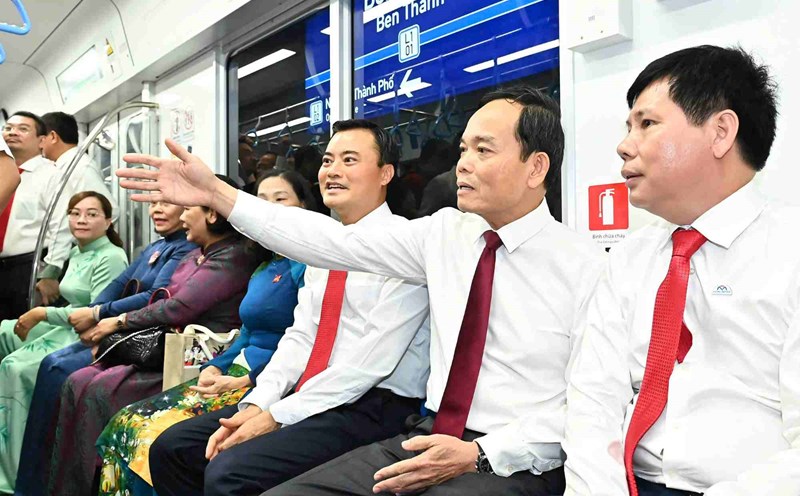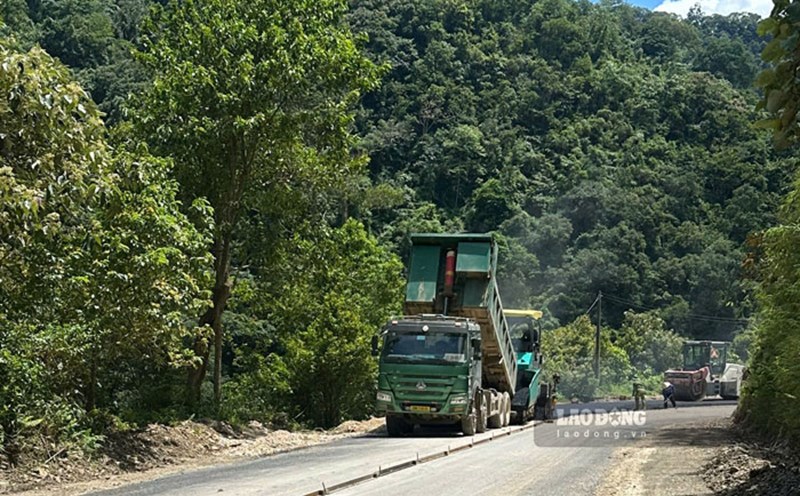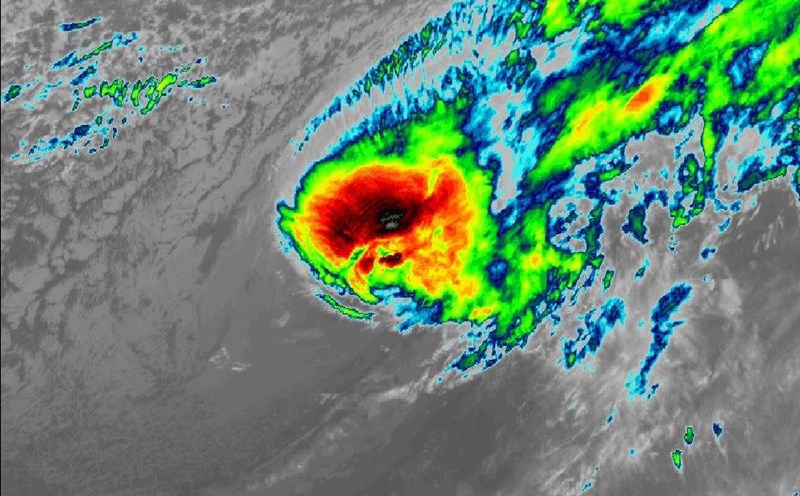Proactively in the midst of a fierce storm
Immediately after the establishment of the two-level local government, Quang Tri had to face many consecutive storms, especially storm No. 10, a strong storm swept through the northern part of the province, causing heavy damage to infrastructure, electricity, houses and production.
The Civil Defense Command Committees in the commune are given the right to proactively plan, coordinate the evacuation of people, and allocate rescue forces according to the "4 on-site" motto: on-site command, on-site forces, on-site vehicles and on-site logistics.
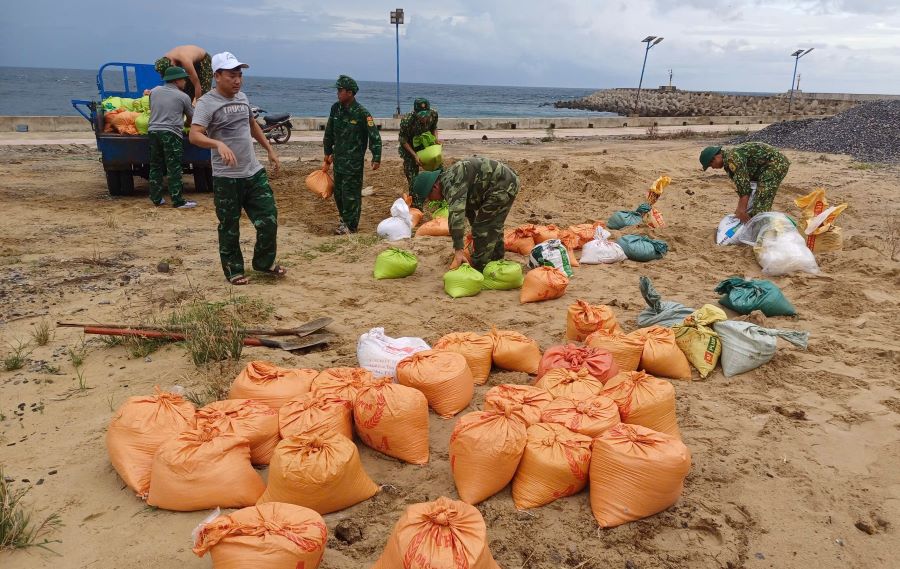
Mr. Thanh Hai (Hoa Trach commune, Quang Tri province) said that the authorities have warned of the storm time in advance and advised vulnerable households to evacuate. The temporary houses were helped by staff to move their belongings and to the neighbor's solid house. When the storm comes, the corrugated iron flies loudly but everyone is safe.
Mr. Le Minh Duc - Secretary of the Party Committee of Hoa Trach commune - said that although the new apparatus is still confused, it has been effective. The commune issued a separate scenario, assigning staff to be on duty 24/7 in each village. Party committee officials directly accompany people, support relocation, ensure logistics and safety for people.
Operating the apparatus in the midst of challenges
Storm No. 10 is not only a test of the endurance of the Lao wind zone, but also a test for the two-level government model, when the district level has dissolved, communes and wards become the "last link" but also the "first point" of all response actions.
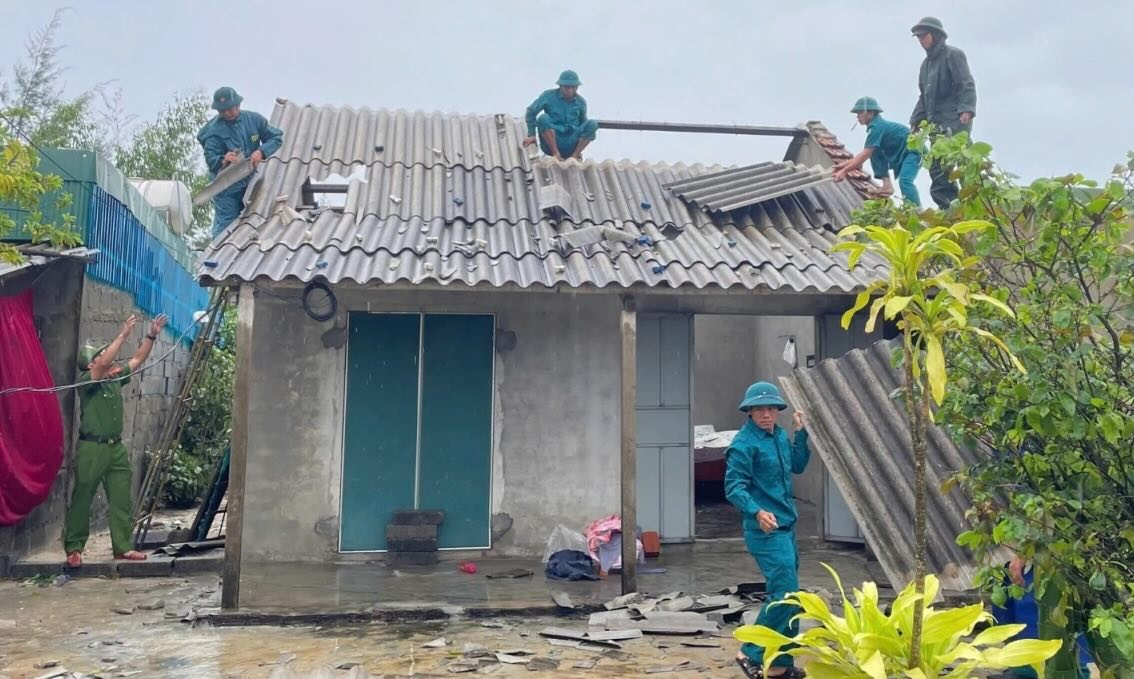
Mr. Hoang Nam - Permanent Vice Chairman of the People's Committee of Quang Tri province said that the province has divided into 5 defense areas, assigning specific tasks to each unit to ensure smooth command. When there is no longer a district level, forces and vehicles are arranged to central communes and key areas. Thanks to that, mobilization, command, and supply become faster and more effective.
Initial difficulties are also not small, new commune cadres have not yet taken up the task and the coordination regulations between communes are still confusing, especially in inter-commune incidents or border areas. However, thanks to the proactive spirit and high sense of responsibility, localities have quickly adjusted and operated smoothly.
The commune level now not only performs administrative tasks, but is also a center for coordinating natural disasters, rescue, social security and recovery after storms. All decisions, from enforcement of evacuation to distribution of relief, are implemented quickly and promptly.
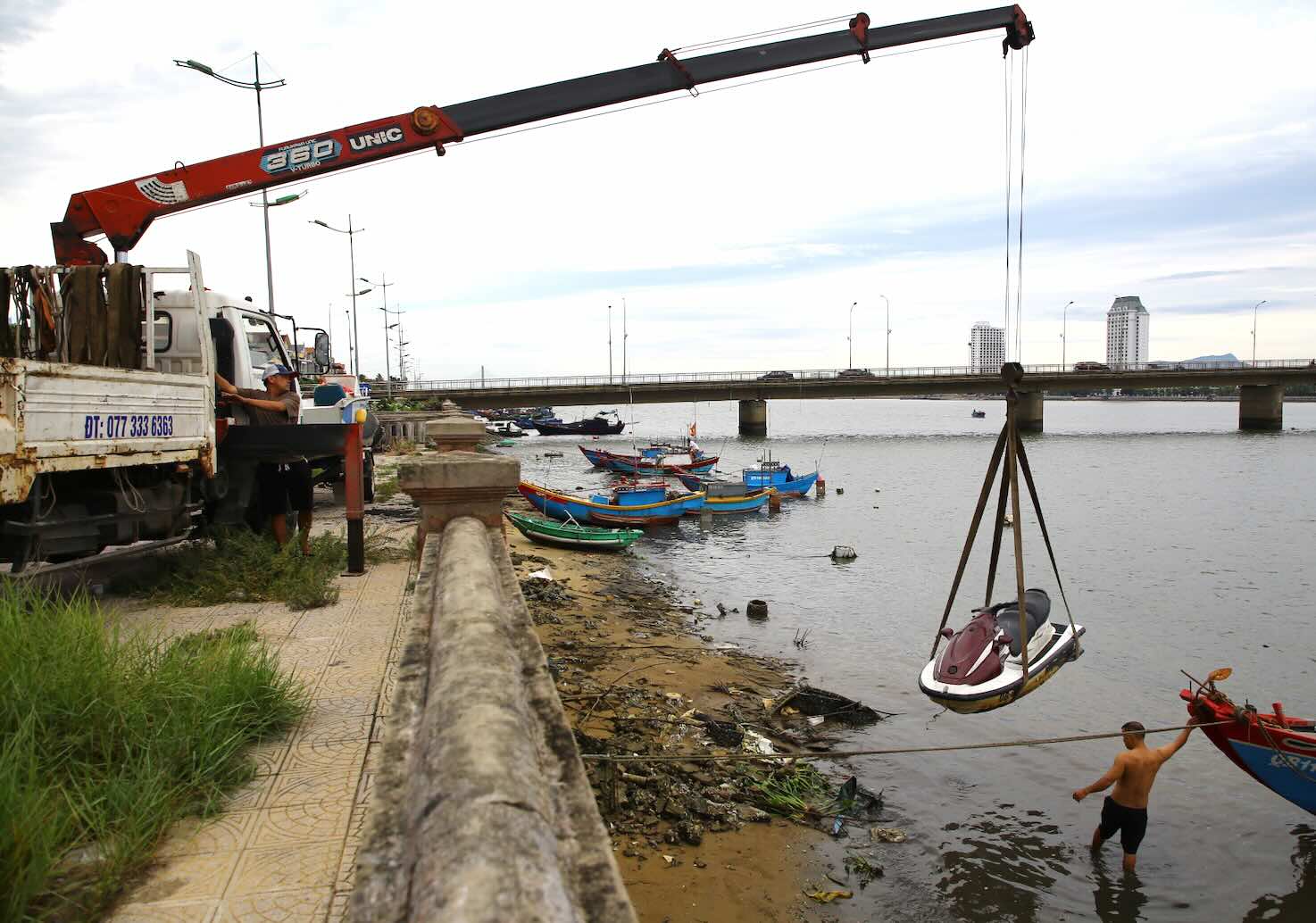
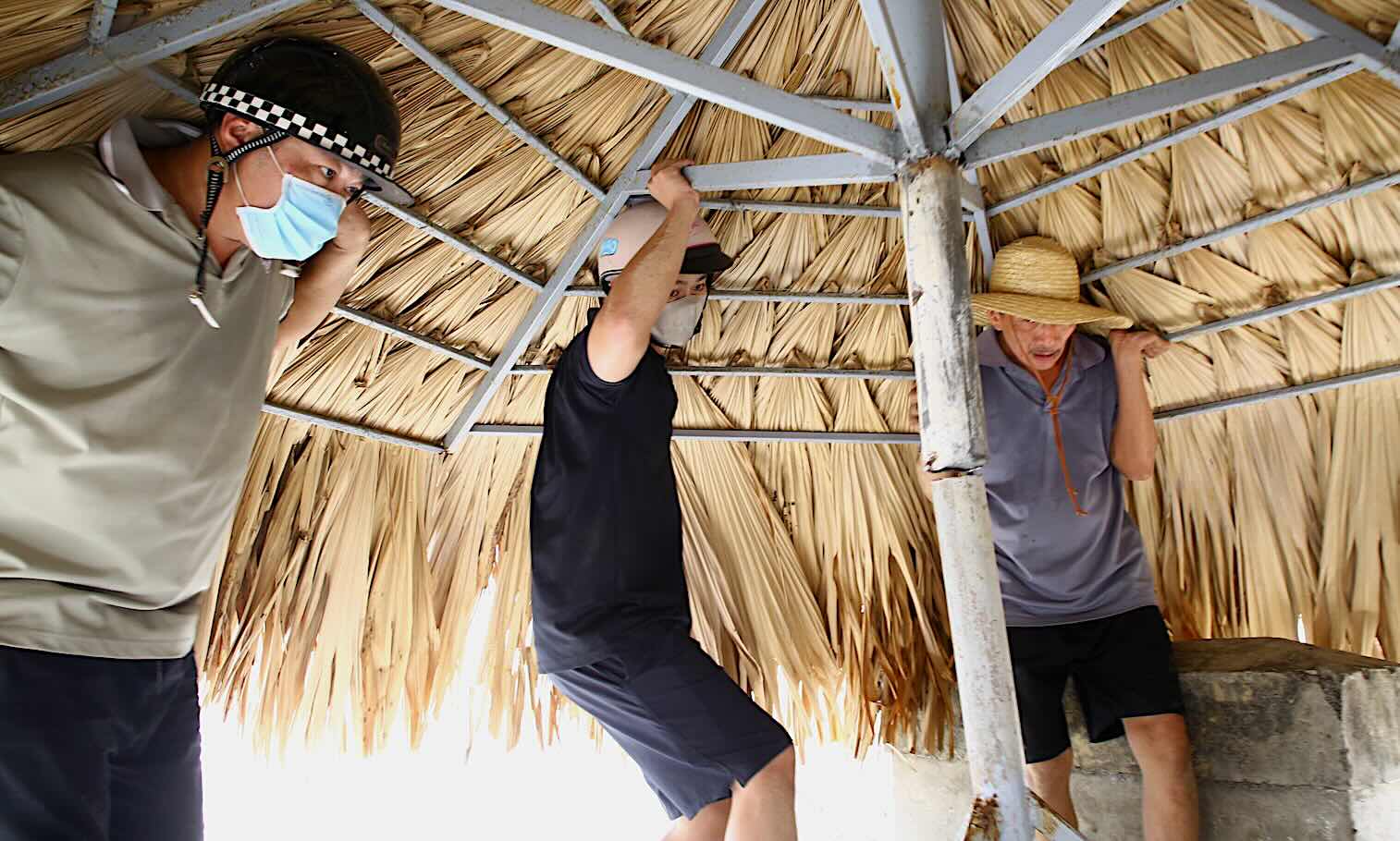
According to Mr. Le Ngoc Quang - Secretary of the Quang Tri Provincial Party Committee, the 2-level model poses many challenges, but also opens up opportunities to affirm the proactive role of the facility.
Mr. Quang informed that this is the most practical test to assess the operational capacity of the two-level government in emergency conditions. Communes and wards have proven their ability to adapt, be creative and stick with the people.
In fact, after the storms, 78 communes, wards and special zones of Quang Tri have maintained an early warning mechanism, assigning 24/7 defense duty. The commune level has the right to establish a natural disaster prevention project, receive relief sources and take final responsibility for the safety of dykes and people's lives.
The new model also forms a "three linkages" of natural disaster prevention and control operations: provincial - commune - community level. When these linkages are connected, the disaster prevention system becomes more proactive and efficient.
In the midst of the storm, the image of commune cadres wading through water into each village, mobilizing people to relocate, together with militia to protect dykes, rescue property... is a vivid testament to a government "near the people, for the people", not only on reform documents but in each specific action.




